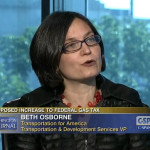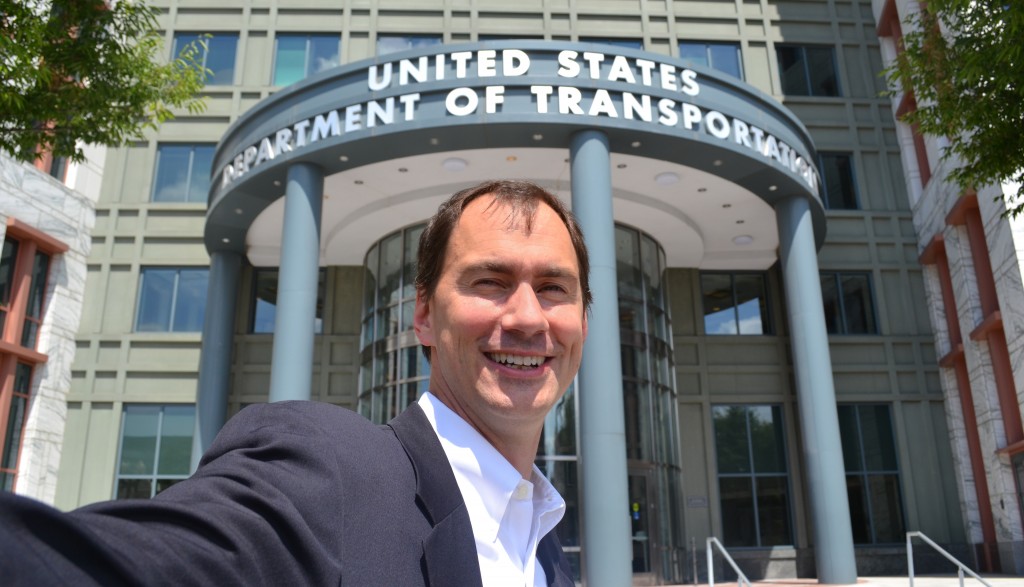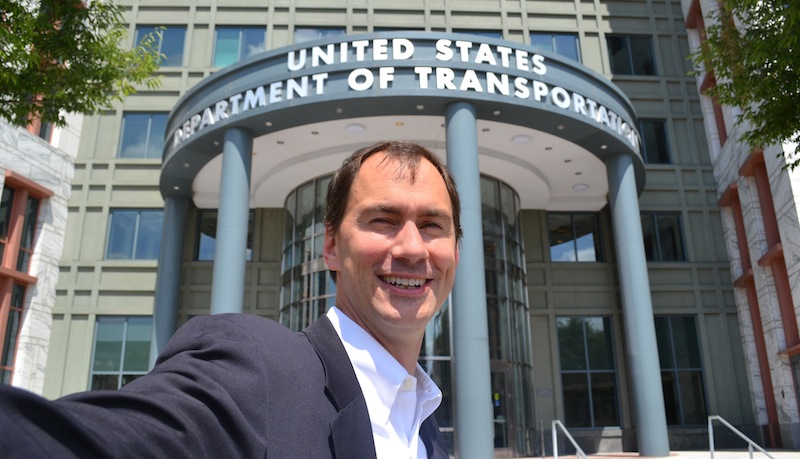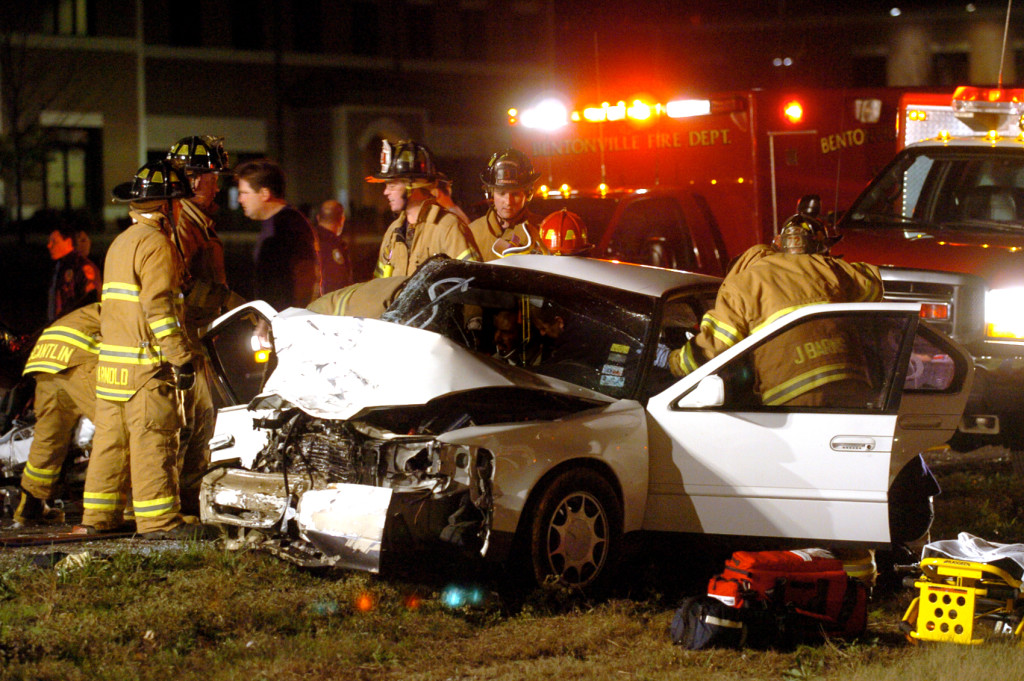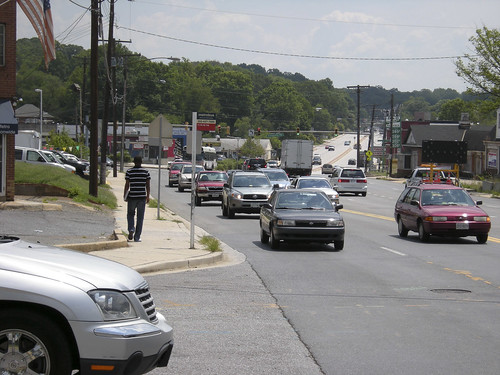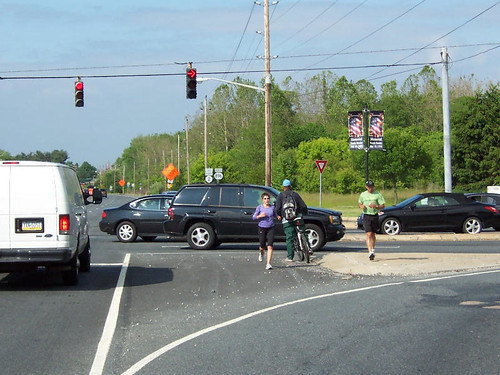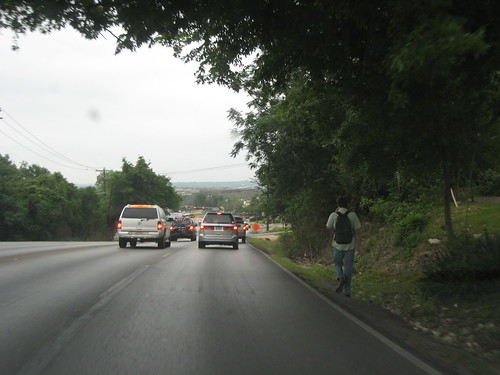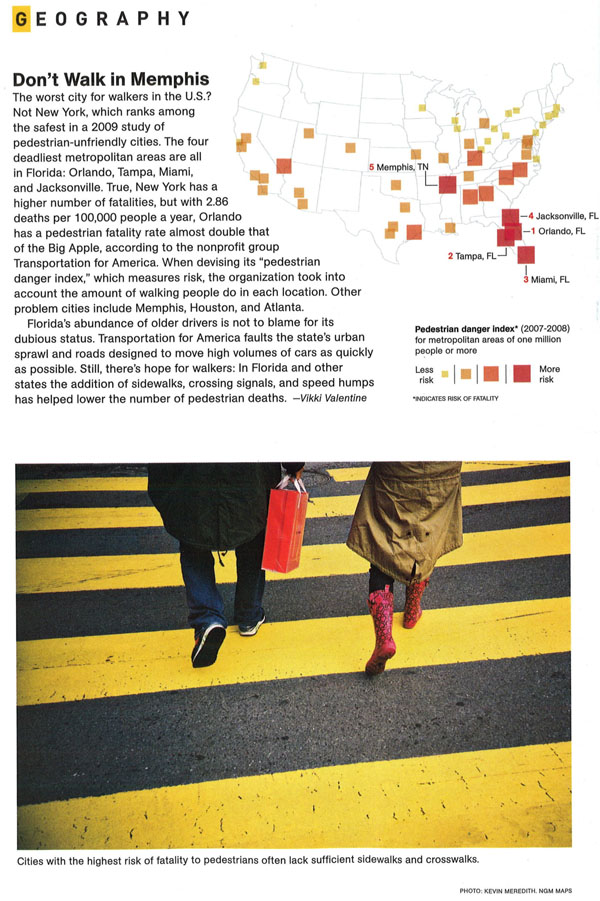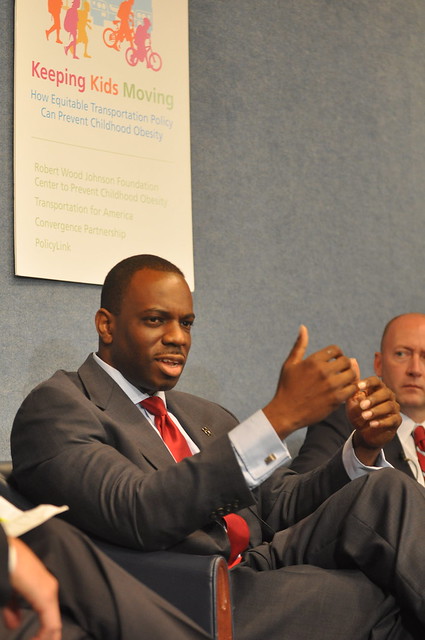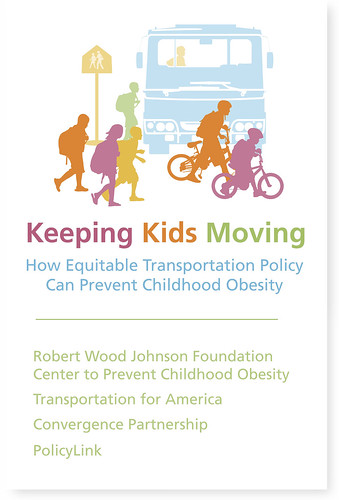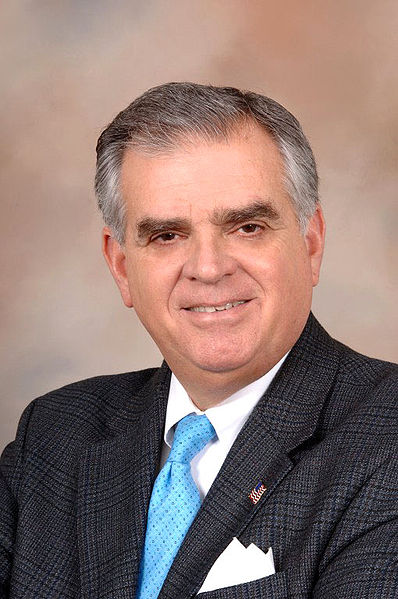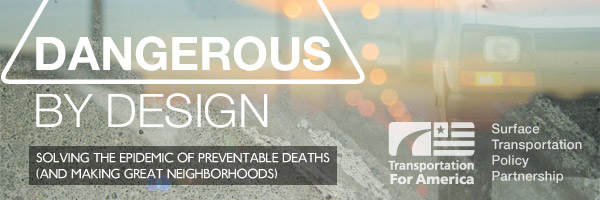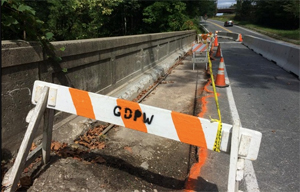
The U.S. Department of Transportation is in the process of writing new rules to hold states accountable for the condition of their roads and bridges. USDOT’s strong first draft rule was a step in the right direction, and we want to thank them — and ensure they don’t bow to pressure to soften these requirements.
Can you take just one minute to sign this letter to USDOT? We’ll hand-deliver a copy straight to USDOT for you.
Did you already take action? Share this action with others:
The 2012 transportation law (MAP-21) requires transportation agencies to begin using a new system of performance measures to govern how federal dollars are spent. USDOT is working to establish these new metrics for safety, the state of repair, congestion (coming soon!), air emissions and other aspects of our transportation system through an iterative process of draft rules, feedback, refined drafts and final rules.
Look, we get it: this is a wonky and arcane affair. So why should you take action and provide a comment on this pavement and bridge proposed rule? Because USDOT is truly listening to comments and making changes as a result.
USDOT’s first rule on roadway safety wasn’t a good one, to put it bluntly, and it failed to ensure that safety would improve. Yet the thousands of comments we delivered played a part in improving it.
In that draft, states were allowed to fail half of the fatality and injury targets and still receive a passing grade. But after receiving more than 1,500 comments, USDOT incorporated that feedback into this improved draft for roads and bridges, requiring progress on all targets — not just 50 percent of them.
Now USDOT is going to hear from the other side, those that don’t want states to be held to such high standards. We need to let USDOT know that we support the changes they made and that requiring progress across the board is just as essential for evaluating the condition of our roads and bridges.
Between 2009 and 2011, all U.S. states collectively spent $20.4 billion annually to build new roadways and add lanes to existing roads, and just $16.5 billion annually repairing and preserving existing roads and bridges. But by 2011, after spending more than half of all highway dollars on expansion projects, just 37 percent of our nation’s roadways were in ‘good’ condition. And today, more than 260 million trips are taken each year on the country’s structurally deficient bridges.
That’s not good enough. We need to hold states accountable to meet measurable targets with our tax dollars. USDOT has drafted a better rule to make that happen, and we need your help to ensure it stays that way.
Read and sign this letter today, and we’ll deliver it to USDOT before the May 8 deadline.




